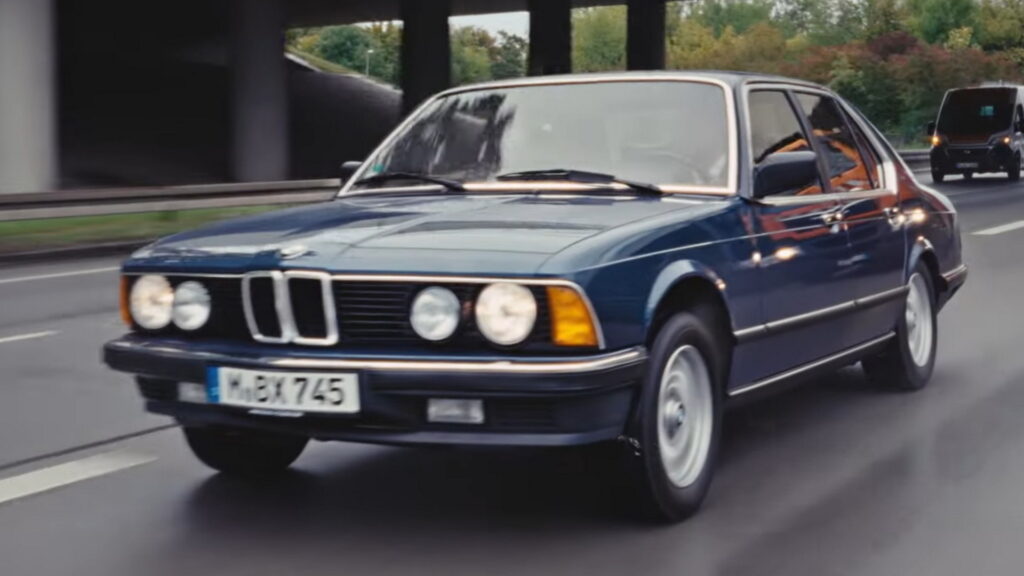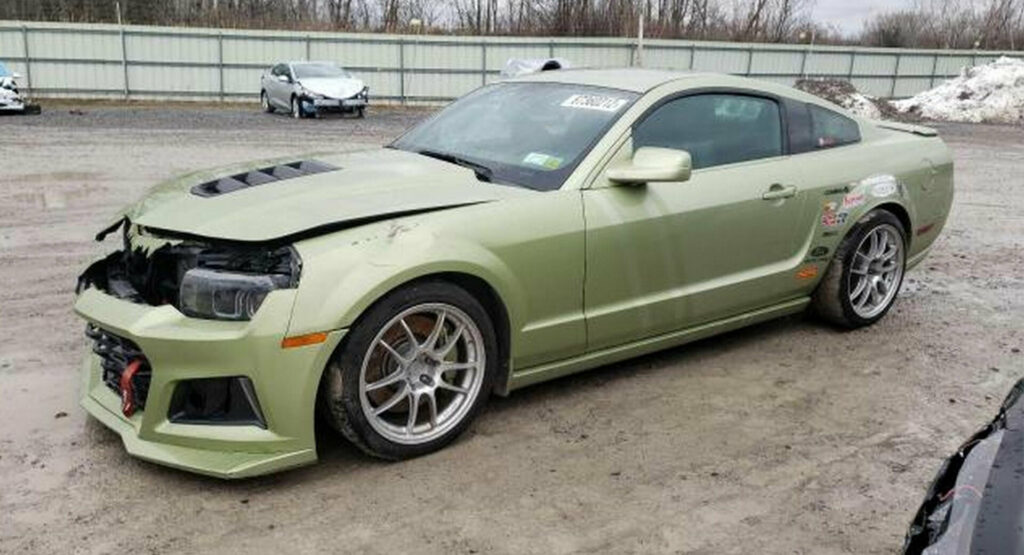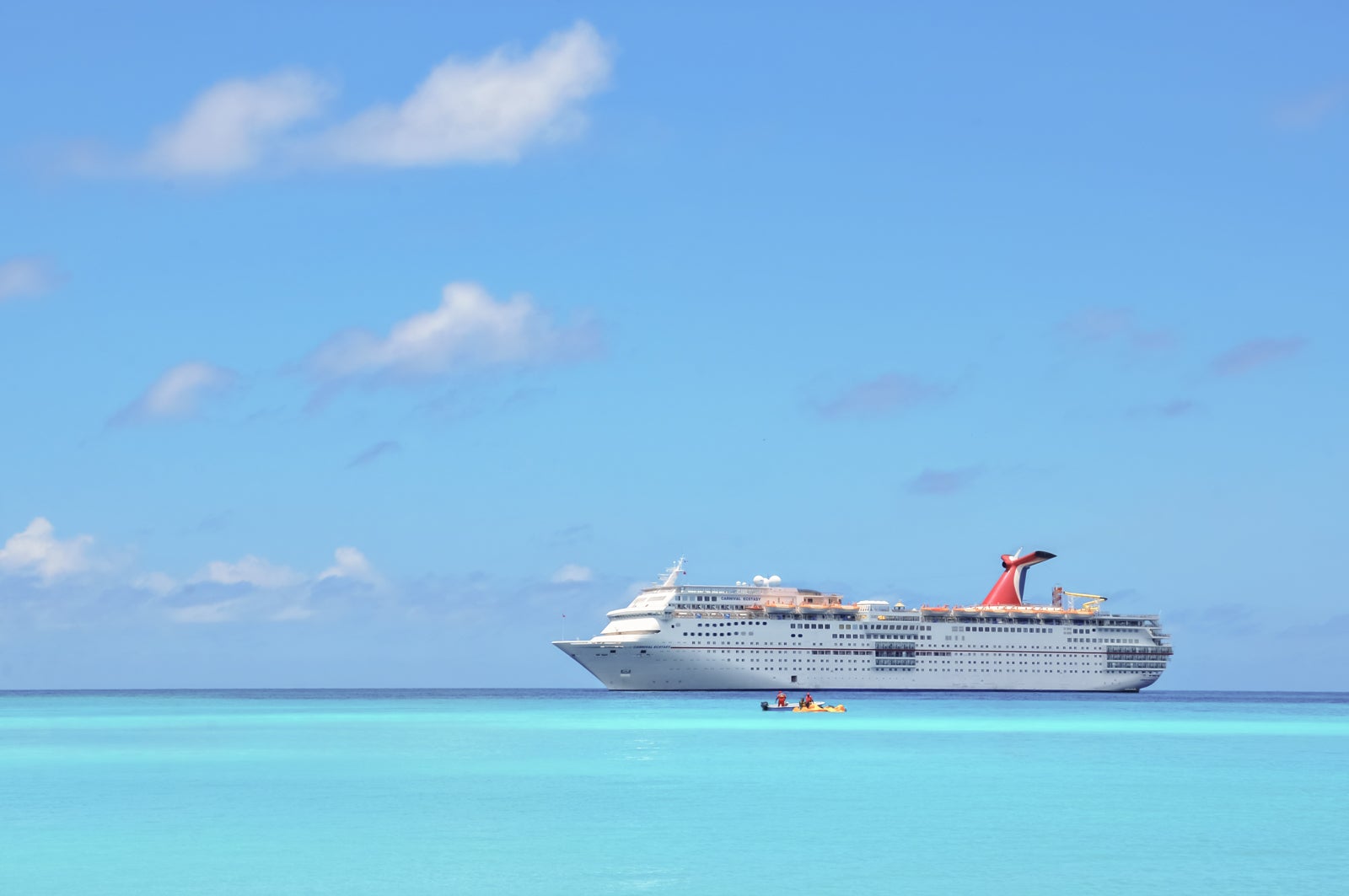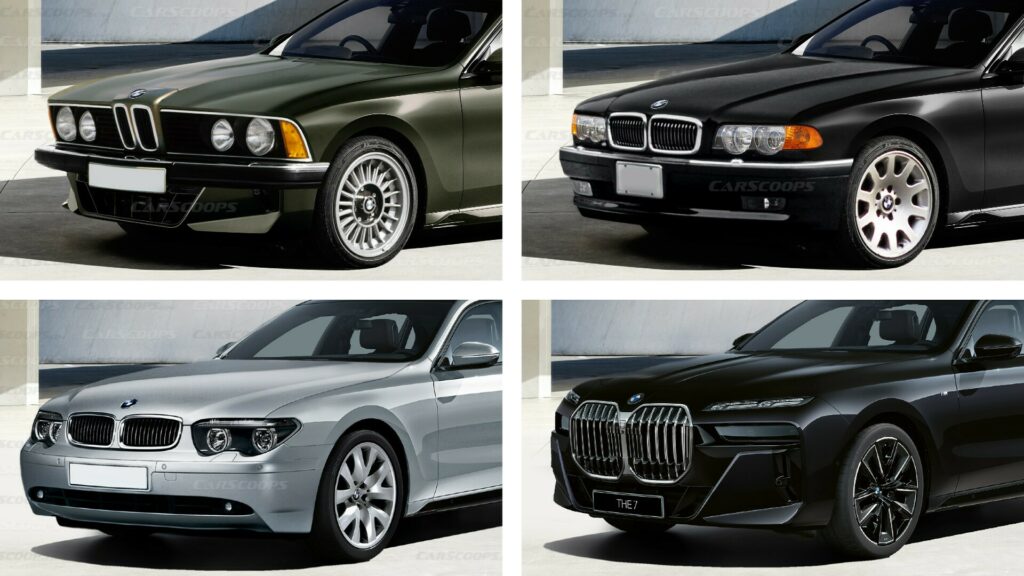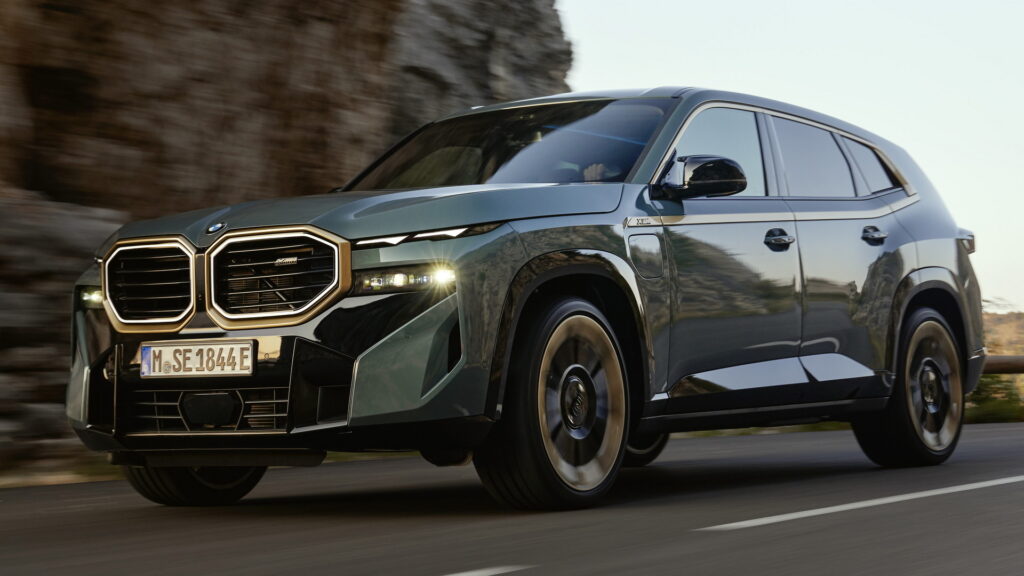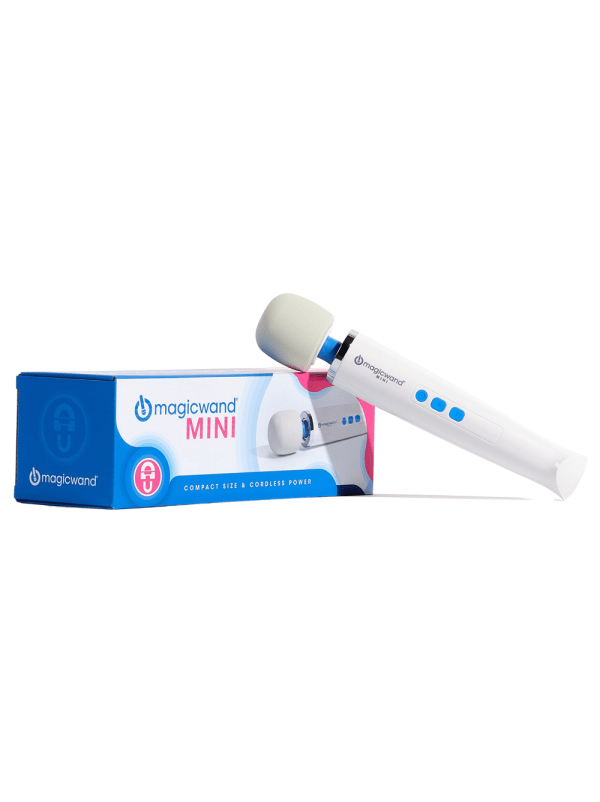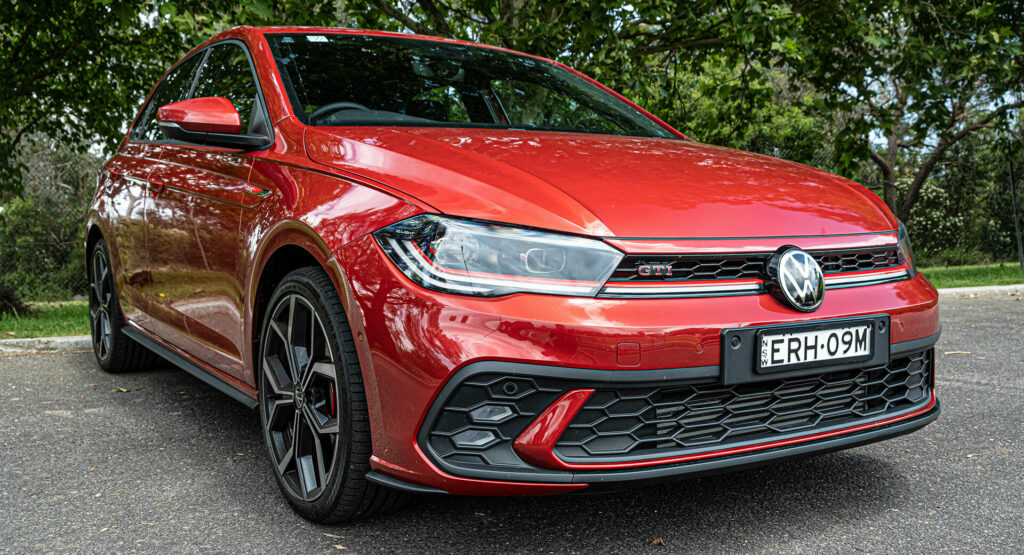The Points Guy
Editor’s note: This is a recurring post, regularly updated with new information.
2023 is here, and Chase is kicking off the new year with a bang. For the first quarter, Chase Freedom (no longer available to new applicants) and Chase Freedom Flex℠ cardholders can celebrate with the return of bonus category favorites grocery stores and gym memberships as well as a brand-new Target category.
Freedom and Freedom Flex cardholders can now activate and earn 5% cash back (or 5 points per dollar) on the Q1 bonus categories. The bonus-earning Q1 window is now open and runs through March 31, 2023.
After activation, cardmembers can earn 5% back (or 5 points per dollar spent) on up to $1,500 of spending in these categories during the eligible quarter, and 1% (or 1 point per dollar spent) after that.
As we enter this new year, many of us are making resolutions related to improving our physical and financial health. With these Q1 categories, cardholders will be rewarded for their new (or continuing) gym memberships as well as the grocery shopping for cooking more at home.
And for the first time, cardholders will also be rewarded for their Target purchases. No matter what resolutions you’re spending to achieve, you can earn bonus rewards with your Freedom or Freedom Flex card.
Here’s how it all works.
Chase Freedom and Freedom Flex Q1 2023 categories
Now through March 31, Chase Freedom and Chase Freedom Flex cardmembers can earn 5% cash back (or 5 points per dollar) on spending in the following categories:
Grocery stores.
Fitness club and gym memberships.
Target.
As noted above, you must activate your card to unlock the bonus-earning potential in these categories.
JOHN GRIBBEN/THE POINTS GUY
It’s simple to complete this process online through your Chase account — with your last name, last four digits of your card and ZIP code. Registration is open now.
Analyzing the Q1 bonus categories
Whether you’re looking to make a big gym membership purchase to push you toward your health goals or just want to maximize your daily spending, these categories make it easy for you to earn rewards on your goals in Q1.
Here are the bonus details:
Target: A new quarterly category for Chase Freedom, Target offers the opportunity to save on everything from clothing and home goods to electronics and toys.
Grocery stores (excluding Walmart): Cardmembers can earn cash back on purchases for cooking and dining at home. Additionally, cardmembers can earn 5% cash back on Instacart purchases (grocery store deliveries only) when activated through Chase Ultimate Rewards.
Fitness Club and Gym Memberships: For those who’ve set a 2023 fitness goal, earning cash back on fitness club and gym memberships can help cardmembers make healthy choices for themselves and their wallets.
Note that Chase limits the 5% back (or 5 points per dollar) to the first $1,500 spent in combined bonus categories each quarter you activate the bonus. After you reach the maximum, you’ll earn 1% back on these purchases.
Frequently asked questions about Chase Freedom and Chase Freedom Flex bonus categories
How do rotating categories work?
Each quarter, Chase announces a group of bonus categories that will earn 5% cash back (or 5 points per dollar) throughout the upcoming three-month period. Generally, these categories are announced halfway through the month before the new quarter starts to give cardmembers time to activate new categories beforehand. However, you can activate your categories up until midway through the last month of the quarter.
The categories tend to repeat periodically — for instance, grocery stores, restaurants and gas stations are all common categories that you’ll notice frequently pop up on the cash-back calendar. So depending on the categories and whether you can maximize them, these two cards can offer quite a nice chunk of cash back or bonus points over the course of a year.
Related: Check out our full Chase Freedom Flex card review
How much cash back can I earn each quarter?
Chase limits the 5% back (or 5 points per dollar) to the first $1,500 spent in combined bonus categories each quarter you activate the bonus.
While that may not sound like a lot, that cash back adds up over time. Maximizing the cash-back categories each quarter, you’ll earn $75 in cash back quarterly and up to $300 per year. For a no-annual-fee credit card, that’s a lot of value.
Alternatively, since the cash back you earn comes in the form of Ultimate Rewards points, you’re looking at a potential of up to 30,000 bonus Ultimate Rewards earned each year. Suppose you also have a premium product, such as the Chase Sapphire Preferred Card. In that case, you can combine the Ultimate Rewards points you earn with your Chase Freedom or Freedom Flex card with those you earn from your more premium Ultimate Rewards-earning card, and they become fully transferable.
In that case, TPG values Chase points at 2 cents apiece, so the 30,000 you can earn in a year would be worth more like $600.
How do I activate my 5% categories each quarter?
You can head over to Chase’s site to activate your 5% cash back (or 5 points per dollar) for this quarter. You can also register through your Chase mobile app, making one less credit card website you’ll need to visit regularly this year.
Here’s how to register:
Head to the Chase bonus activation page or log in to your Chase account.
Enter your last name, the last four digits of your card number and your billing ZIP code. If you don’t have your card on hand, log in to your Chase account to retrieve these digits.
Click “Activate your 5%” to register.
If you have multiple Chase Freedom cards, make sure to register each one.
Save a screenshot of your activation, just in case there are any issues later — though you should also receive a “You’re Activated!” confirmation email.
Can I have both the Chase Freedom and Chase Freedom Flex to double my earning potential?
Yes, you can have both cards. So if you already have the Chase Freedom and want to add the Chase Freedom Flex to your wallet, you’re free to do so. Remember that the original Freedom card is no longer open to new applicants.
But if you’d rather only have one, the Freedom Flex is available as a product change.
And of course, you’ll also want to ensure you’re eligible for a new Chase card.
How do I maximize my Freedom and Freedom Flex cards?
The most important thing is to make sure you activate your card to earn the 5% cash back (or 5 points per dollar) each quarter in the specific categories, and then actually use your card for purchases in those categories.
You can set up a recurring reminder in your calendar, or you can sign up for the TPG newsletter (we send out a reminder when it’s time to activate every quarter — plus tips and tricks for maximizing your card strategy and scoring some excellent award redemptions).
Better yet, paired with a Chase credit card that earns fully transferable Ultimate Rewards points like the Chase Sapphire Reserve or the Chase Sapphire Preferred Card, the Chase Freedom Flex’s 5% cash back effectively becomes 5 Ultimate Rewards points per dollar, as you can learn all about in our guide detailing the “Chase Trifecta.”
In that case, you’ll be able to transfer the points earned with the Freedom Flex to Ultimate Rewards points and to travel partners like Southwest, Hyatt and United.
What are common bonus categories for the Freedom and Freedom Flex?
Of course, you’ll also want to make sure that you’ll potentially be able to maximize other bonus categories throughout the year. For reference, here are the previous Chase Freedom quarterly categories all the way back to 2012, so you can decide if common categories make sense for your spending patterns:
Year/Quarter
Bonus Categories
2023 – Q1
Grocery stores, gym memberships and fitness clubs, Target.
2022 – Q4
PayPal and Walmart.
2022 – Q3
Gas stations, rental cars, movie theaters and select live entertainment.
2022 – Q2
Amazon.com and select streaming services.
2022 – Q1
eBay and grocery stores.
2021 – Q4
PayPal and Walmart.
2021 – Q3
Grocery stores and select streaming services.
2021 – Q2
Gas stations and home improvement stores.
2021 – Q1
Wholesale clubs, select streaming services and internet, cable and phone services.
2020 – Q4
PayPal and Walmart.
2020 – Q3
Amazon.com and Whole Foods Market.
2020 – Q2
Grocery stores, gym memberships and fitness clubs, and select streaming services.
2020 – Q1
Gas stations; internet, cable and phone services; and select streaming services.
2019 – Q4
Chase Pay, PayPal and department stores.
2019 – Q3
Gas stations and streaming services.
2019 – Q2
Grocery stores and home improvement.
2019 – Q1
Gas stations, drugstores and tolls.
2018 – Q4
Wholesale clubs, department stores and Chase Pay.
2018 – Q3
Lyft, Walgreens and gas stations.
2018 – Q2
Groceries, PayPal and Chase Pay.
2018 – Q1
Mobile wallets, gas stations and internet, cable and phone service merchants.
2017 – Q4
Walmart and department stores.
2017 – Q3
Restaurants and movie theaters.
2017 – Q2
Grocery stores and drug stores.
2017 – Q1
Gas stations and local commuter transportation.
2016 – Q4
Wholesale clubs, drugstores and department stores.
2016 – Q3
Restaurants and wholesale clubs.
2016 – Q2
Grocery stores and wholesale clubs.
2016 – Q1
Gas stations and local commuter transportation.
2015 – Q4
Amazon.com, Zappos.com, Audible.com and Diapers.com.
2015 – Q3
Gas stations and Kohl’s.
2015 – Q2
Restaurants, Bed Bath & Beyond, H&M and Overstock.com.
2015 – Q1
Grocery stores, movie theaters and Starbucks.
2014 – Q4
Amazon.com, Zappos.com and department stores.
2014 – Q3
Gas stations and Kohl’s.
2014 – Q2
Restaurants and Lowe’s.
2014 – Q1
Gas stations, movie theaters and Starbucks.
2013 – Q4
Department stores and Amazon.com.
2012 – Q3
Gas stations, theme parks and Kohl’s.
2012 – Q2
Restaurants and movie theaters.
2012 – Q1
Gas stations, drugstores and Starbucks.
Bottom line
Chase Freedom and Freedom Flex card members can now earn 5% back (or 5 points per dollar) on Target, grocery store, and gym membership purchases.
In addition to the rotating 5% cash back bonus categories, the Freedom Flex accrues 5% cash back on travel booked through Chase Ultimate Rewards, 3% cash back on drugstores, 3% cash back on dining (including eligible delivery services) and 1% unlimited cash back on all other purchases.
Official application link: Chase Freedom Flex with a sign-up bonus of $200 cash back after spending $500 on purchases within the first three months of account opening.
Additional reporting by Emily Thompson, Stella Shon and Chris Dong.

